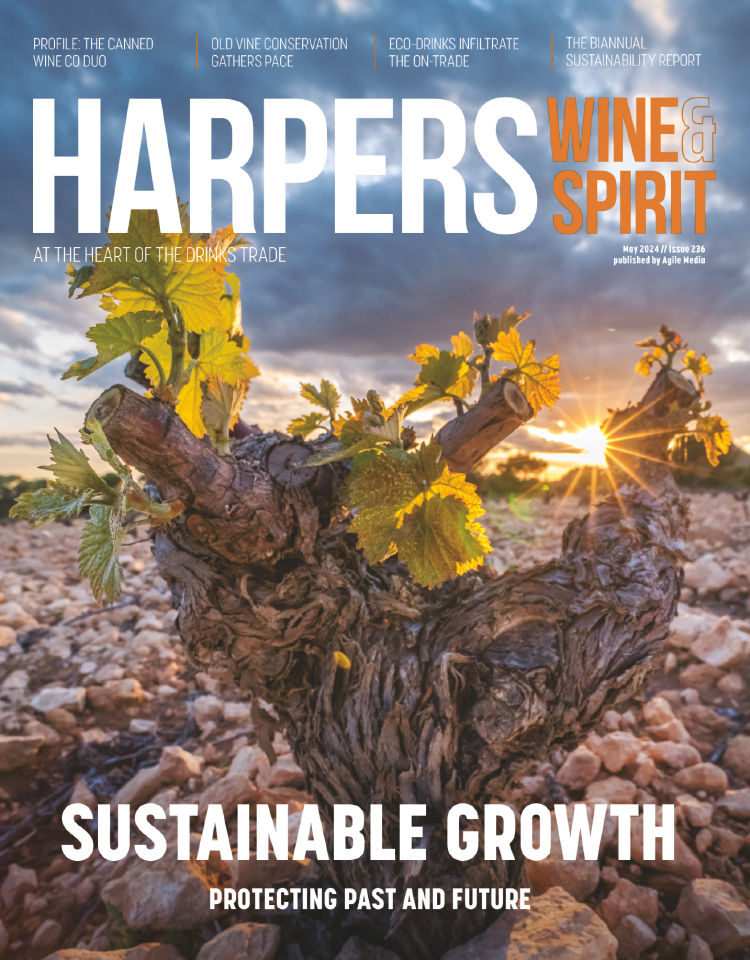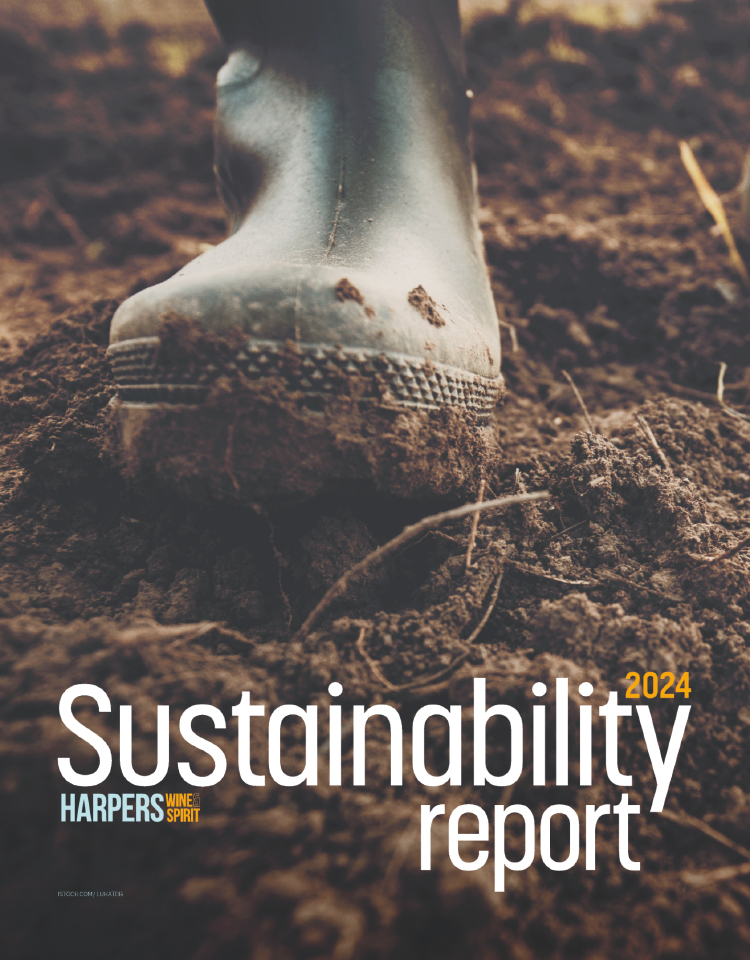
Colchagua a ‘microcosm’ of Chile’s diverse future
Once dubbed the ‘Hollywood of Chile” by regional expert Amanda Barnes, Colchagua Valley is on track to lead the next generation of rising stars by dint of its focus on artisanal diversity.
This was the takeaway from Condor Wines’ recent ‘Colchagua – A Vine Paradise’ webinar, where leading winemakers gave insights into the evolution delivering the “most diverse region collectively in Chile”.
Featuring a wide-ranging stylistic snapshot within just six wines tasted, the session folded in Pais, Rhone variety blends (white and red), an orange wine, plus a Cabernet Sauvignon rooted in freshness and purity of expression from one of the Valley’s typically cooler sites.
The drivers of this evolution, viewers were told, comes down to the mix of expected ‘traditional’ varieties, growing new plantings of Mediterranean varieties, alongside a host of criolla grapes, such as Pais, all of which an emerging roll call of winemakers are working with in a more artisanal way.
“Colchagua is one of the more important origins for Chilean wine and, as with some of the rest of Chile’s valleys, in Colchagua, appearing every day, every month, every year, are small projects,” said Marco Puyo of Vina Dagaz.
“I think the future of Colchagua is going to be very good, in terms of producing more and different varieties, producing wines with old varieties like old vine Pais, and Colchagua will be better and better for [these] new projects, which will be more and more diverse.”
Puyo, who was showing, his Cuvée El Camino 2020 and Kolwe Vineyard Cabernet Sauvignon 2019, from traditional Chilean stalwarts but made in a fresh, modern style, added that such new projects were being enthusiastically taken up by winemakers from both big companies and far smaller producers.
“These new projects are good not just for Colchagua, but the whole of Chile – it is very good for the country to have more diverse origins, more diverse styles of wine and more small projects, because it means more interesting [wines] coming from Chile,” he said.
Host Aaron Irons, Condor’s sales & category development manager, concurred, saying: “That wide variety of artisanal winemakers, all the way up to the big wineries, is like a microcosm of the Chilean wine industry in general.”
Also pointing to the future, while highlighting the fresh, restrained “purity” that was a theme throughout the wines tasted, La Despensa Estate’s Matt Ridgeway gave further insights into what is still in store for Colchagua – and Chile’s – future.
“Who knows, [but] we are always looking to do different things, different styles, we’ve just planting some Grenache Blanc, we’re planting some more Roussanne, so our future is heading a little bit more white, but for Colchagua, we are looking for freshness and drinkability and some Rhone [style] white wines in the very near future,” he said.
Climate change, added Ridgeway, would also increasingly play its part in shaping the country’s viticultural and varietal outlook, with the development of cooler and more southerly sites continuing, while more heat-adaptable and drought-resistant varieties will continue to come to the fore.
Water shortages, which have been plaguing viticulturalists, will become increasingly challenging, concurred Thibault Lepoutre, who showed his orange Humo Blanco L’Atelier Naranjo 2022 and Clos de Lolol Single Vineyard Red Blend 2019.
“The main challenge of Colchagua is the same challenge of Chile, which is to produce wines with less water. And I think there is a very big challenge to solve here, so we are working a lot, thinking biodynamic and organic farming, working more with the soils, making sure they are alive and part of the vineyard, not just the support for the vines,” said Lepoutre.
“This kind of respectful viticulture and polyculture, mixing the vines with other [biodiversity], is the path, for Colchagua, and any other region that is experiencing this lack of water.”
As a snapshot of the development in both Colchagua and Chile, this was a fascinating tasting, with more than a few markers of the (sub-)regional, varietal and stylistic diversity that ia still yet to come.
Keywords:
- Chile
- winemakers
- varieties
- new wines
- Pais
- water shortage
- Viticulture
- projects
- Condor Wines
- diverse
- La Despensa
- Gagaz
- Colchagua
- Marco Puyo
- Matt Ridgeway
- small projects
- kolwe vineyard
- old vine pais







